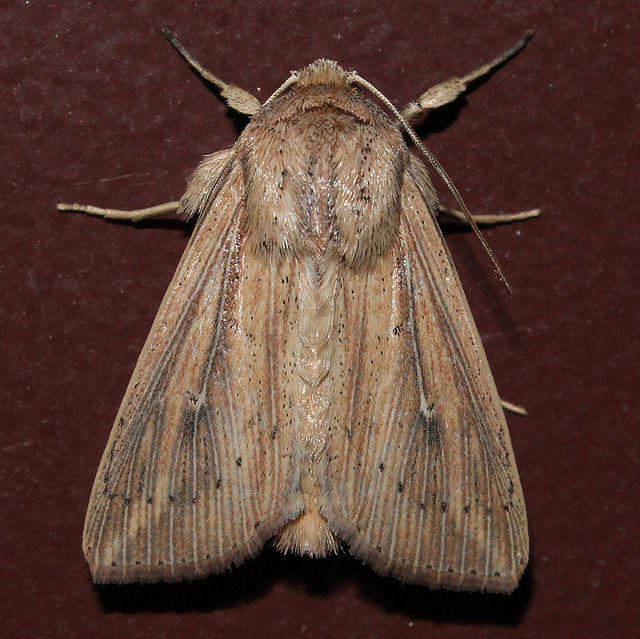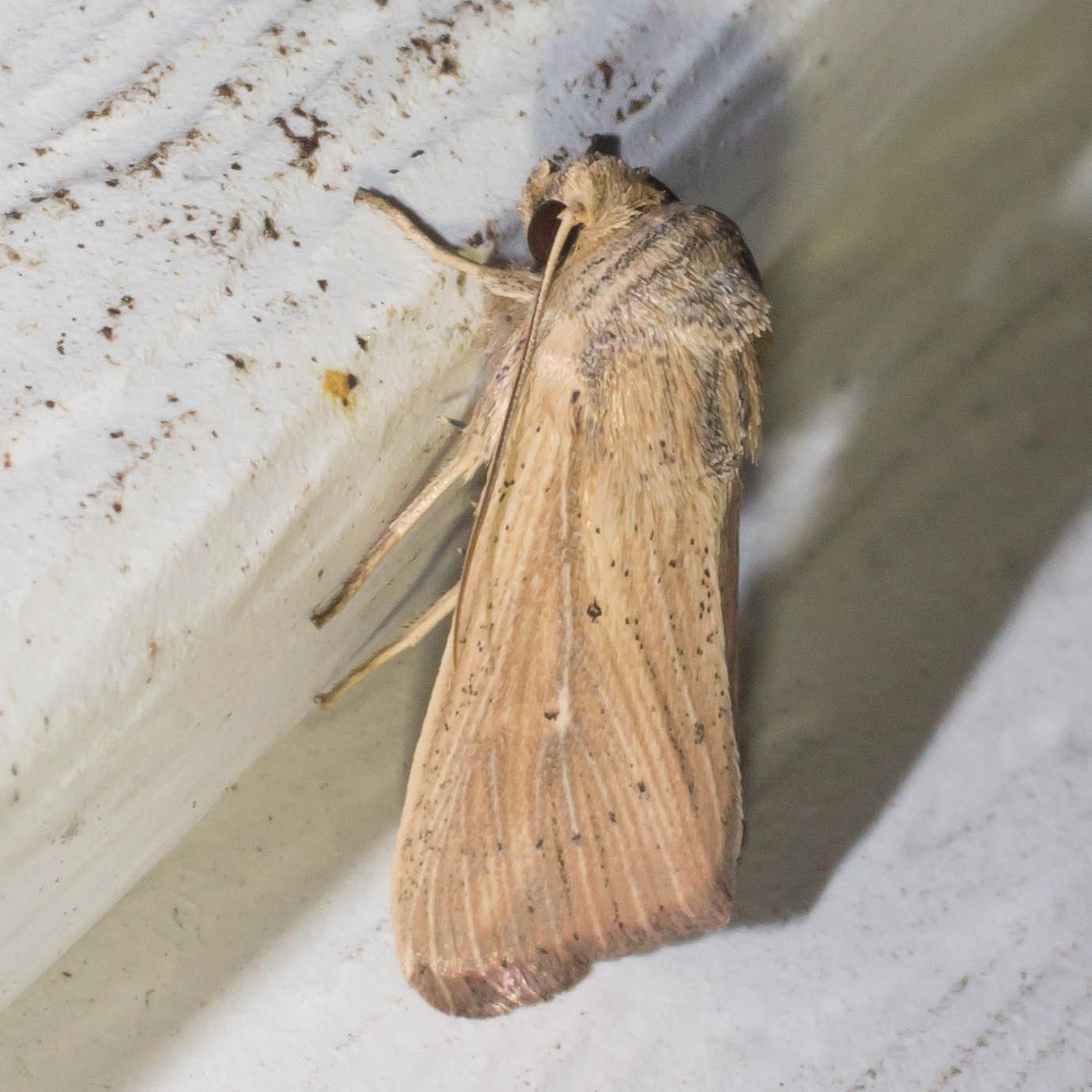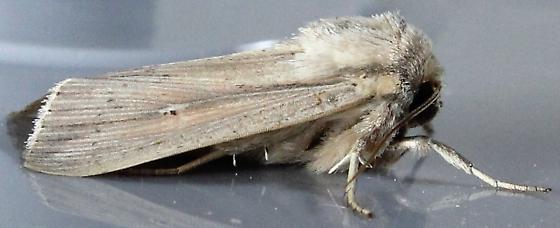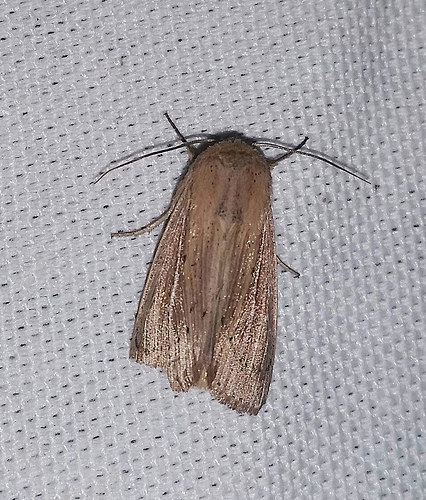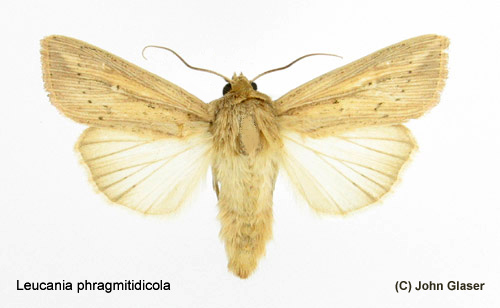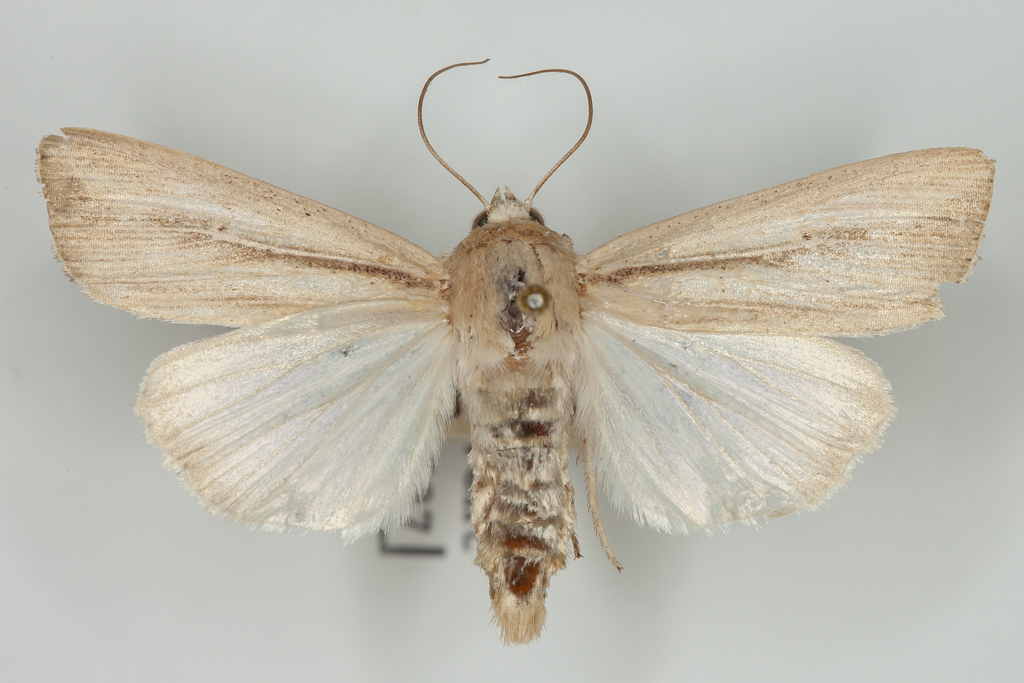Map Snapshot


















70 Records
Seasonality Snapshot
Use of media featured on Maryland Biodiversity Project is only permitted with express permission of the photographer.
A Phragmites Wainscot Moth in Anne Arundel Co., Maryland (6/4/2013).
View Record Details
Media by
Timothy Reichard.
Phragmites Wainscot Moth in Anne Arundel Co., Maryland (8/9/2016). (c) Timothy Reichard, all rights reserved.
View Record Details
Media by
Timothy Reichard.
A Phragmites Wainscot Moth in Anne Arundel Co., Maryland (5/28/2013). Verified by Roger Downer/BAMONA.
View Record Details
Media by
Timothy Reichard.
A Phragmites Wainscot Moth in Cecil Co., Maryland (8/29/2014). Verified by Roger Downer/BAMONA.
View Record Details
Media by
Shannon Schade.
Phragmites Wainscot Moth in Baltimore Co., Maryland (10/21/2020). (c) Frode Jacobsen, some rights reserved (CC BY-NC).
View Record Details
Media by
Frode Jacobsen.
A Phragmites Wainscot Moth.
View Record Details
Media by
John Glaser.
Phragmites Wainscot Moth in Charles Co., Maryland (6/9/1987). (c) John L. Richards, some rights reserved (CC BY-NC).
View Record Details
Media by
John L. Richards via iNaturalist.
Source: Wikipedia
| Phragmites wainscot | |
|---|---|

| |
| Scientific classification | |
| Domain: | Eukaryota |
| Kingdom: | Animalia |
| Phylum: | Arthropoda |
| Class: | Insecta |
| Order: | Lepidoptera |
| Superfamily: | Noctuoidea |
| Family: | Noctuidae |
| Genus: | Leucania |
| Species: | L. phragmitidicola
|
| Binomial name | |
| Leucania phragmitidicola Guenée, 1852
| |
Leucania phragmitidicola (phragmites wainscot) is a species of moth of the family Noctuidae found in the eastern United States and Canada.
Description
[edit]Adult forewings are tan with streaks of gray and brown, paler veins, and a black discal spot. The pale vein that extend from the forewing base to the discal spot is edged in brown.
Range
[edit]The species' occurrence range extends from Oklahoma and Minnesota in the west to Florida and New Brunswick in the east. There are also scattered reports in the western United States.[1][2][3]
Life cycle
[edit]Adults
[edit]Adults have been reported from February to November, with most sightings from April to October.[1][2][3]
References
[edit]
